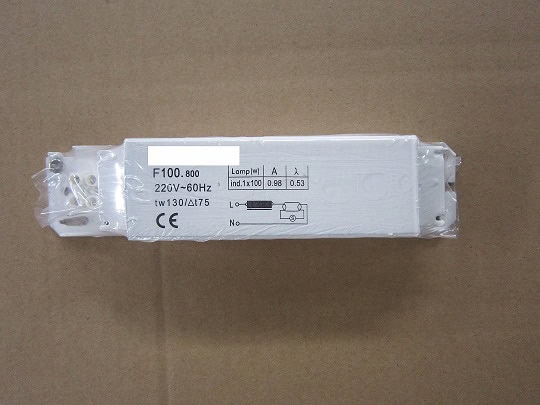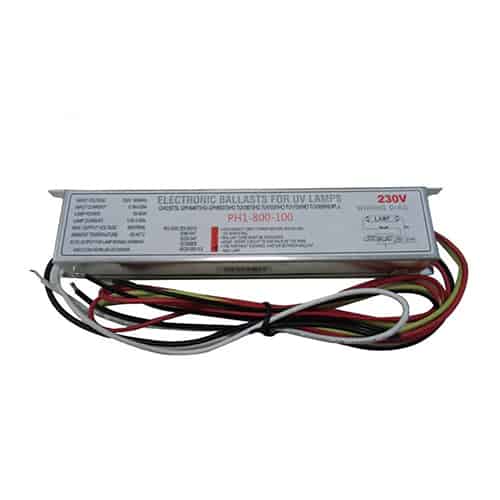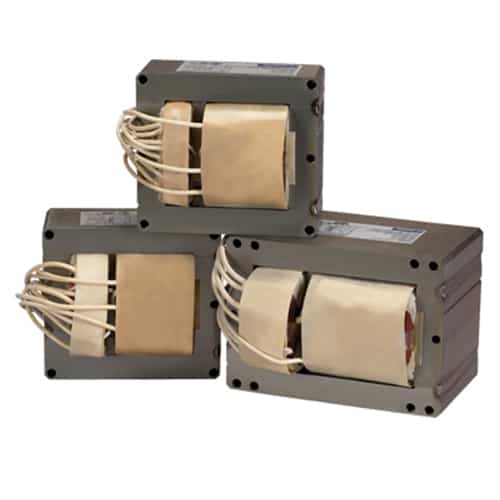When you upgrade from traditional lighting systems to LEDs, it seems like a simple swap. However, if you don’t bypass the light ballast, you might have serious problems. Using LEDs without bypassing the ballast can cause problems with the lights, make them die sooner, and create potential safety hazards. Bypassing the ballast is a critical step in making sure your LED lights work right and are safe.
If you don’t bypass the ballast for your LED lights, you’ll have problems with the lights, including inefficiency, flickering, and potential damage to the lights. LEDs are designed to operate without a ballast, so you need to bypass it.
Knowing why you need to bypass the ballast is important if you are going to install or upgrade to LED lights. Bypassing the ballast is not just about making your lights work right. It’s also about making sure your lights work right for a long time and you don’t have any safety problems.
What Is a Ballast and Why It’s Used in Traditional Lighting?
A ballast is a device that regulates the voltage and current supplied to fluorescent and high-intensity discharge (HID) lights. In traditional lighting systems, the ballast plays a crucial role in stabilizing the electrical current flowing to the light fixture. Without a ballast, fluorescent and HID lights would draw too much current, which could cause the light to burn out or fail prematurely. The ballast provides the correct amount of electricity to ignite the lamp and maintain a steady flow of power throughout its operation.
In traditional fluorescent lighting, the ballast ensures that the lamp doesn’t receive too much power once it is switched on. It prevents electrical overload, protects the light from flickering, and maintains consistent brightness. However, LEDs do not operate in the same way as traditional lighting, so they do not require this component.
Why Ballasts Are Not Necessary for LED Lights
Unlike fluorescent or HID lamps, LEDs do not require a ballast to function. LED lights are designed with built-in drivers that regulate the voltage and current, which essentially replaces the need for a ballast. An LED driver adjusts the incoming voltage and current to match the specific requirements of the LED, allowing the light to run directly from the power supply. Since ballasts are not needed in LED systems, leaving them in place can interfere with the performance of the LED light.
Energy efficiency is a major benefit of switching to LED lighting, and bypassing the ballast enhances that efficiency. A ballast consumes additional energy even when the light does not need it. By bypassing or removing the ballast, you eliminate this unnecessary energy consumption and improve the overall efficiency of the LED lighting system. This translates to lower energy costs over time, which is one of the main advantages of using LEDs in the first place.
Potential Issues When You Don’t Bypass the Ballast for LED Lights
If you don’t bypass the ballast when installing LED lights, several issues can arise. One of the most common problems is flickering or inconsistent light output. Ballasts are designed for traditional lighting, and they may not supply the consistent power that LEDs need. The result is flickering, dimming, or intermittent lighting, all of which reduce the quality and functionality of your lighting system.
In addition to flickering, the lifespan of your LED lights can be reduced if the ballast is not bypassed. LEDs are sensitive to fluctuations in electrical current, and the ballast can introduce variability that wears down the LED components faster than usual. Over time, this can lead to premature failure of the LEDs, causing you to replace the lights more frequently than you would if the ballast were bypassed.
Another consequence of not bypassing the ballast is increased energy consumption. Even though LEDs are known for their efficiency, a ballast can drain extra power from the system. This negates some of the energy-saving benefits that come with LEDs, resulting in higher energy bills and a less efficient lighting system overall.
Risks of Damage to the LED and Ballast
One of the most serious risks of not bypassing the ballast is the potential for overheating. Ballasts are not designed to operate with LED lights, and when paired together, the ballast can overheat, leading to possible damage to both the ballast and the LED. Overheating not only shortens the life of the LED lights but also poses a fire hazard, especially in enclosed fixtures or areas where airflow is restricted.
There is also the risk of electrical failures. The ballast adds unnecessary strain to the system, increasing the chances of short circuits or electrical overloads. LEDs are built to run efficiently on direct current (DC), but when paired with a ballast designed for alternating current (AC) systems, the mismatch can lead to frequent failures or even damage to the overall electrical system.
Benefits of Bypassing the Ballast
Bypassing the ballast provides several advantages for your LED lighting system. Improved efficiency is one of the most significant benefits. When the ballast is removed, the LED light operates with a direct connection to the power source, allowing it to function at its full efficiency. This not only reduces energy consumption but also ensures a brighter, more stable light output.
Bypassing the ballast also results in cost savings. In addition to saving on energy costs, bypassing the ballast reduces the need for maintenance and repairs. Ballasts are prone to wear and tear over time, and if left in place with an LED system, they may need to be replaced or repaired periodically. By eliminating the ballast, you eliminate these potential maintenance costs, as LEDs are typically more durable and require less upkeep than traditional lighting systems.
How to Bypass a Ballast for LED Installation
Bypassing the ballast requires careful attention to detail, but it’s a straightforward process. Here is a step-by-step guide on how to safely bypass the ballast for LED lights:
- Turn off the power: Always switch off the power to the fixture at the circuit breaker to prevent electrical shock.
- Remove the fixture cover: Open the fixture and locate the ballast.
- Cut the wires: Using wire cutters, carefully cut the wires connecting the ballast to the light fixture.
- Connect the LED driver: Connect the wires from the LED driver directly to the power supply, bypassing the ballast entirely.
- Cap and secure wires: Use wire nuts to cap off any unused wires, ensuring all connections are secure.
- Close the fixture and restore power: Replace the cover and turn the power back on to test the LED light.
For safety, always follow local electrical codes, and if you’re unsure about the process, consult a licensed electrician to ensure the installation is done correctly.
Final Words:
If you do not bypass the lamp ballast for your LED lights, you will have problems. The issues range from inefficiency and flickering to potential damage and safety hazards. Bypassing the ballast will allow your LED lights to operate correctly. This will give you brighter, more reliable lighting while using less electricity. You will extend the life of your LED system, save money on maintenance, and enjoy all the benefits of modern, efficient lighting.




